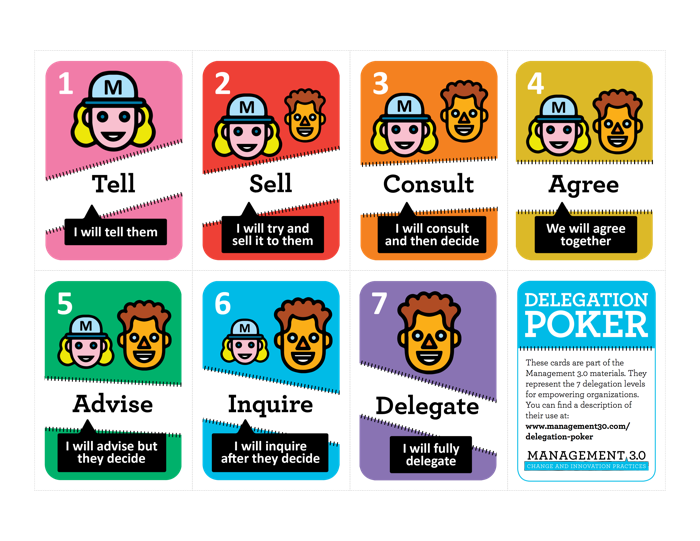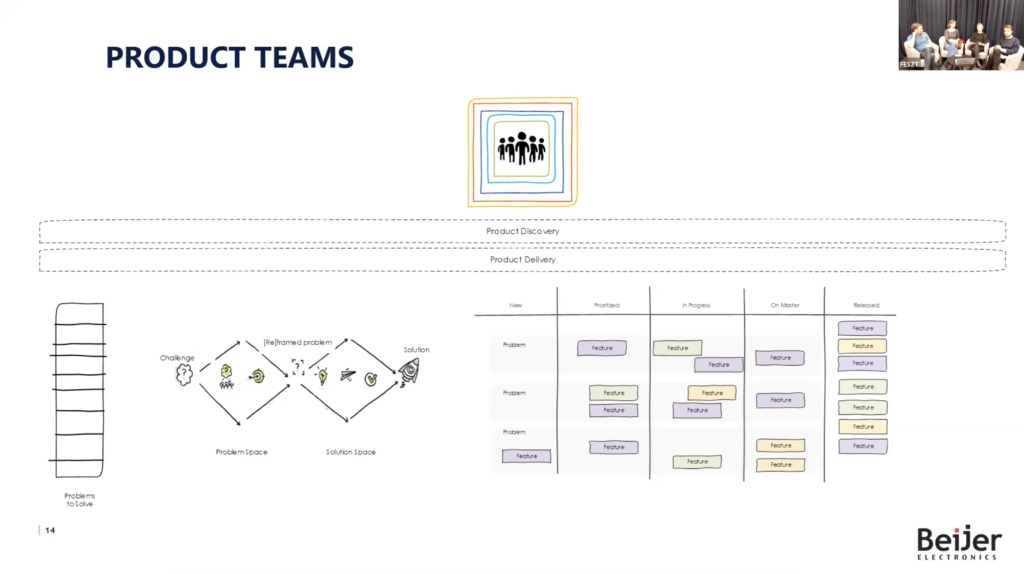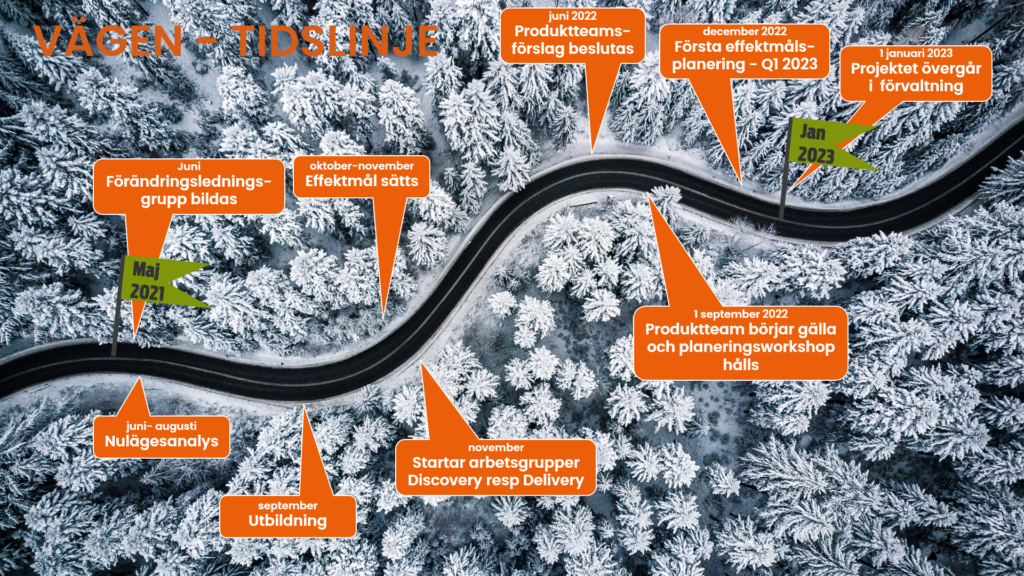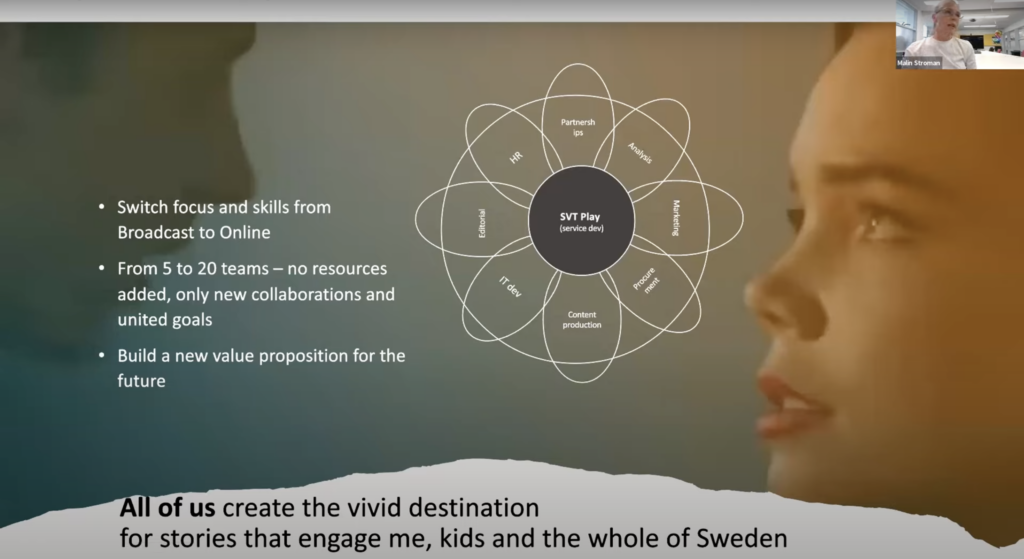Fostering Collaboration with a Delegation Board

How do you work effectively when you have a lot of stakeholders?
Yassal Sundman is currently coaching a team at King with several stakeholders in different parts of the organization. The team and the stakeholder collaboration was not clear. The feedback from the stakeholders was difficult to interpret: was it a personal opinion, advice or a directive? Which of the different stakeholders was the team supposed to listen to when their opinions differed. Where was the line between team autonomy and the need to involve stakeholders in decisions. To help create more clarity and a better collaborative environment with their stakeholders they decided to create a delegation board.
Using the delegation board
The team used the 7 levels of delegation by Jurgen Appelo, Management 3.0, to figure out where they stood with their stakeholders.
They held meetings where the stakeholders were asked to fill in their desired level of involvement on a range of different areas. The intent was to create transparency for the team and the stakeholders themselves.
The collaboration board exercise was valuable for the discussions that it raised. When two stakeholders indicated that they wanted to be involved on a consult or agree level in the same area the group discussed how this situation could be improved. The discussions resulted in working agreements between the stakeholders themselves, and also between the team and stakeholders. In some cases overlapping stakeholders delegated to other stakeholders and took a step back. In others, the team was given more control. The result was a greater understanding by everybody about the project and its participants. To read more
The board and resulting working agreements were given an expiration date. This is to acknowledge that projects change over time. The strategic placement, timeline, or funding might shift, and that affects both the team and stakeholders. Setting an expiration date ensures that the team follows up, especially in times when no one realises that the project has slowly shifted.
Outcome
The biggest takeaway for the team and stakeholders were the working agreements. These enable all parties to work well together on a day to day basis. The team effectively used the delegation board to foster a collaborative environment based on mutual understanding.
To read more, go to Crisp´s blog
All pictures from Management 3.0


